C. elegans
Recent articles
Whole-brain, bottom-up neuroscience: The time for it is now
Applying new tools to entire brains, starting with C. elegans, offers the opportunity to uncover how molecules work together to generate neural physiology and how neurons work together to generate behavior.
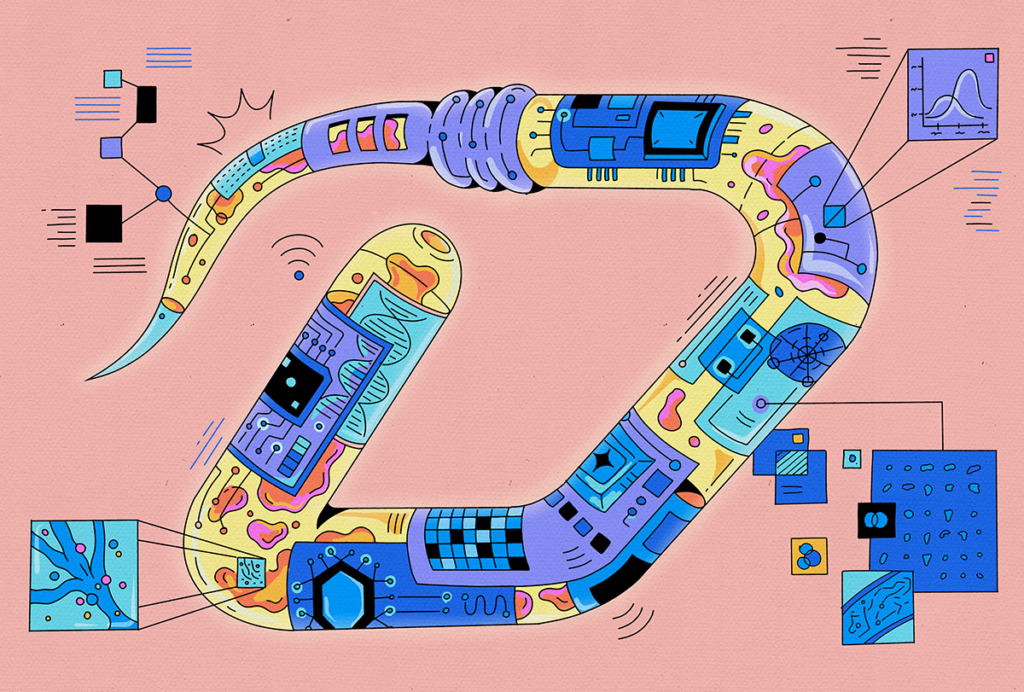
Whole-brain, bottom-up neuroscience: The time for it is now
Applying new tools to entire brains, starting with C. elegans, offers the opportunity to uncover how molecules work together to generate neural physiology and how neurons work together to generate behavior.
Worms help untangle brain structure/function mystery
The synaptic connectome of most animals bears little resemblance to functional brain maps, but it can still predict neuronal activity, according to two preprints that tackle the puzzle in C. elegans.

Worms help untangle brain structure/function mystery
The synaptic connectome of most animals bears little resemblance to functional brain maps, but it can still predict neuronal activity, according to two preprints that tackle the puzzle in C. elegans.
Neural population-based approaches have opened new windows into neural computations and behavior
Neural manifold properties can help us understand how animal brains deal with complex information, execute flexible behaviors and reuse common computations.
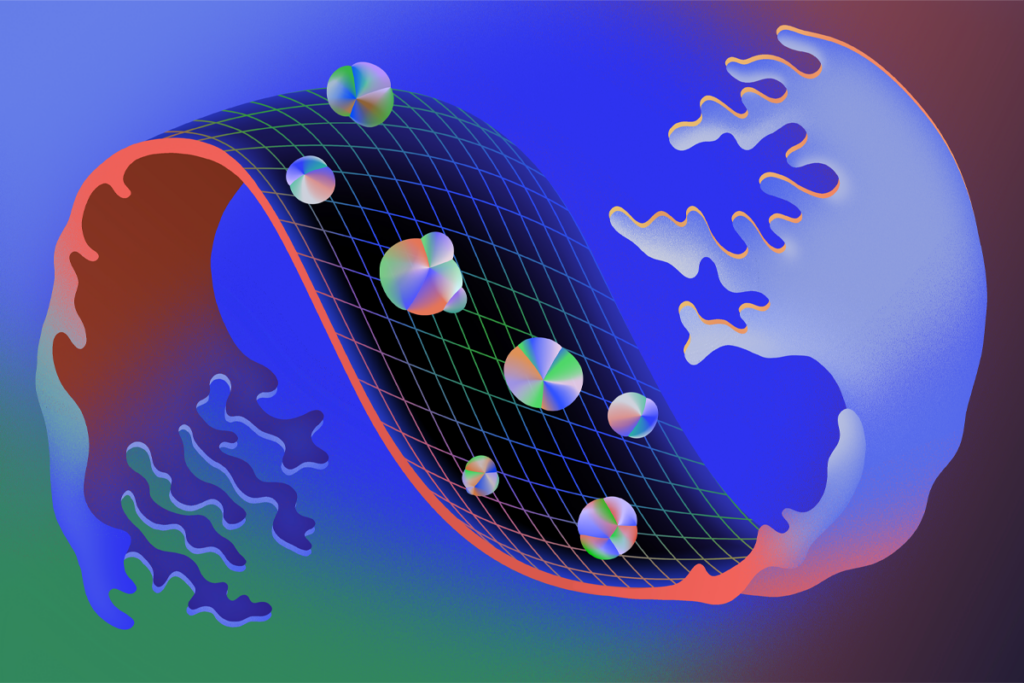
Neural population-based approaches have opened new windows into neural computations and behavior
Neural manifold properties can help us understand how animal brains deal with complex information, execute flexible behaviors and reuse common computations.
Standout neuroscience news in 2023
Did you miss any of our favorite stories from the past year? Revisit them here.

Standout neuroscience news in 2023
Did you miss any of our favorite stories from the past year? Revisit them here.
Plugging invisible gaps in the synaptic connectome
Two new maps of the roundworm nervous system detail how neurons communicate with short proteins called neuropeptides outside synapses.

Plugging invisible gaps in the synaptic connectome
Two new maps of the roundworm nervous system detail how neurons communicate with short proteins called neuropeptides outside synapses.
Controlling neurons with ultrasound: Q&A with Sreekanth Chalasani
The new method, called sonogenetics, noninvasively manipulates neural circuits in mice.
Controlling neurons with ultrasound: Q&A with Sreekanth Chalasani
The new method, called sonogenetics, noninvasively manipulates neural circuits in mice.
Fish, frogs, flies and other fauna in scientific firsts
Over the past century, scientists have used a variety of animal models to advance their understanding of the developing brain and autism.
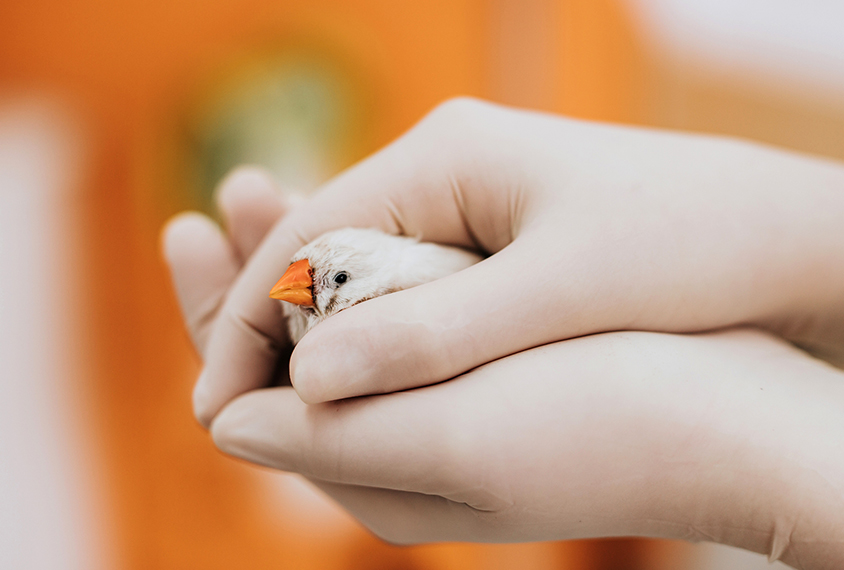
Fish, frogs, flies and other fauna in scientific firsts
Over the past century, scientists have used a variety of animal models to advance their understanding of the developing brain and autism.
What studying worms, flies and fish says about autism
Researchers are increasingly turning to simple animals to learn about autism biology and find leads for new drugs.
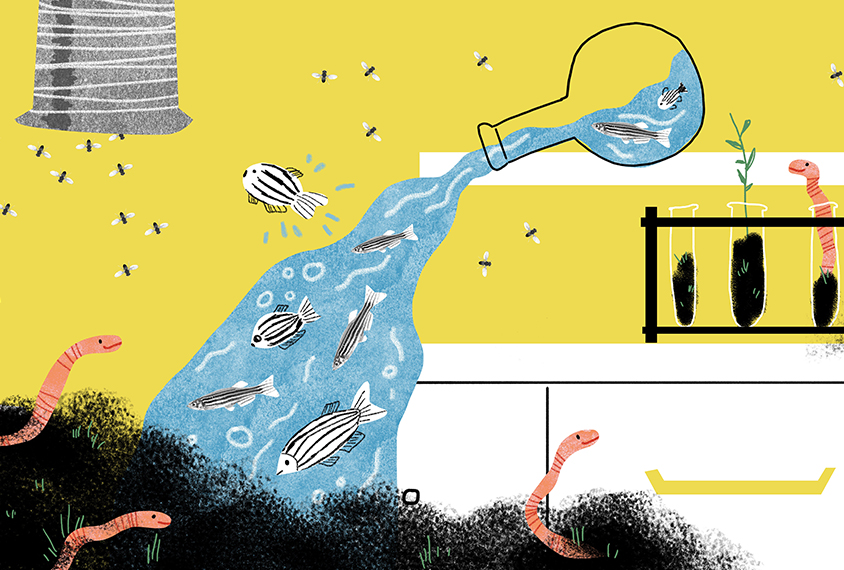
What studying worms, flies and fish says about autism
Researchers are increasingly turning to simple animals to learn about autism biology and find leads for new drugs.
Stimulant restores cell signaling, eases behavior issues in animals missing autism gene
Worms and zebrafish missing both copies of the gene CHD7 have disrupted cellular signaling, a dearth of inhibitory neurons and behavior changes — all of which are reversed by the stimulant drug ephedrine.
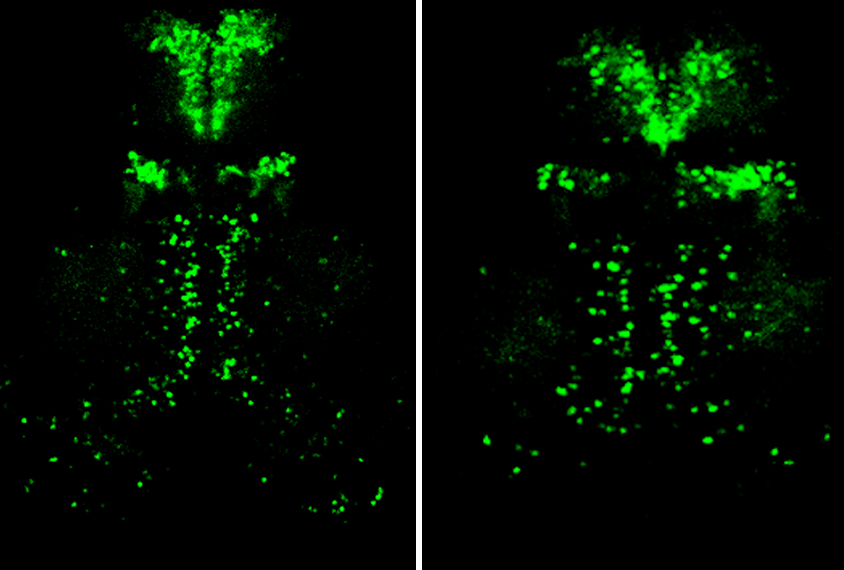
Stimulant restores cell signaling, eases behavior issues in animals missing autism gene
Worms and zebrafish missing both copies of the gene CHD7 have disrupted cellular signaling, a dearth of inhibitory neurons and behavior changes — all of which are reversed by the stimulant drug ephedrine.
Map of fly brain lights up millions of connections
A new wiring diagram of the fruit fly brain is the most complex ever created.
Map of fly brain lights up millions of connections
A new wiring diagram of the fruit fly brain is the most complex ever created.
Explore more from The Transmitter
Psychedelics research in rodents has a behavior problem
Simple behavioral assays—originally validated as drug-screening tools—fall short in studies that aim to unpack the psychedelic mechanism of action, so some behavioral neuroscientists are developing more nuanced tasks.

Psychedelics research in rodents has a behavior problem
Simple behavioral assays—originally validated as drug-screening tools—fall short in studies that aim to unpack the psychedelic mechanism of action, so some behavioral neuroscientists are developing more nuanced tasks.
New organoid atlas unveils four neurodevelopmental signatures
The comprehensive resource details data on microcephaly, polymicrogyria, epilepsy and intellectual disability from 352 people.

New organoid atlas unveils four neurodevelopmental signatures
The comprehensive resource details data on microcephaly, polymicrogyria, epilepsy and intellectual disability from 352 people.
Can neuroscientists decode memories solely from a map of synaptic connections?
Five experts discuss the progress, possibilities and hurdles of decoding a “nontrivial” memory from an organism just by analyzing its brain connectivity patterns.
Can neuroscientists decode memories solely from a map of synaptic connections?
Five experts discuss the progress, possibilities and hurdles of decoding a “nontrivial” memory from an organism just by analyzing its brain connectivity patterns.